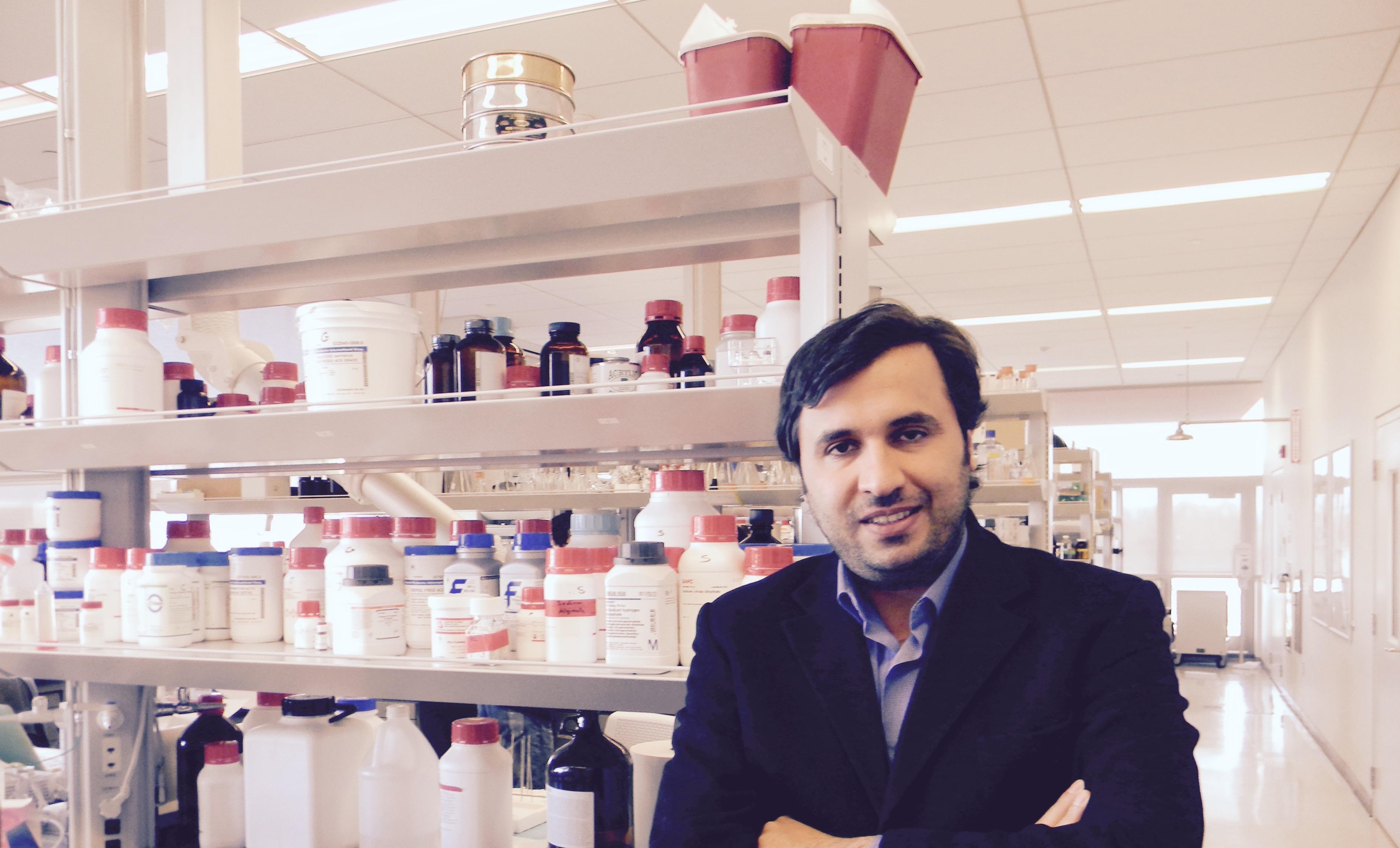A groundbreaking project led by Pennsylvania State University (Penn State) researchers is poised to revolutionize the bioprinting of human tissues. If successful, their technology will be the first to efficiently create scalable tissues such as bones, tracheas, and organs. Moreover, the initiative has caught the attention of the National Institute of Health (NIH), particularly the National Institute of Biomedical Imaging and Engineering, which has granted over $2 million in support of the venture.
Spearheading the project is Ibrahim Ozbolat, Professor of Engineering Science and Mechanics, Biomedical Engineering, and Neurosurgery at Penn State.
Highlighting the versatility of the forthcoming platform, Ozbolat said, “This will be a platform technology which can be used for multiple purposes. It could be used for implantation, inserting tissue directly into the body, or it can bioprint model organs for research like drug development and disease modeling. The ultimate use is for healthcare applications, but it can cover a broad range of functions.”
Having already devoted years to bioprinting cellular aggregates like spheroids, Ozbolat’s lab now aims to use the recent NIH funds to expedite the bioprinting process. These spheroids, which closely resemble the biology of tissues and tumors, will be printed into specific patterns, mirroring the cell densities found in natural tissues.
Co-principal investigator Elias Rizk, a professor of neurosurgery at Penn State College of Medicine, suggests, “This technology, once fully developed, can be applied for the fabrication of a variety of human tissues. It could be cardiac tissue or lung tissue. It could be skin or even bone, which is tissue. This technology could repair bone in a rapid manner, even in sensitive places like the skull.”
The project represents a collaboration between engineers and doctors from Penn State. This diverse team brings together skills in areas such as bioprinting, materials used in medicine, and the creation of specialized tools.
The researchers have termed the technology “high-throughput spheroid (HTS) bioprinting.” With it, multiple spheroids can be printed simultaneously in various sizes. The developed technology promises unprecedented speed, three-dimensional precision, and the ability to print intricate structures for research and scalable tissue fabrication.
Ozbolat expressed his optimism, stating, “We are already printing these tissue ‘bricks’ with the highest throughput in the literature. That’s the most significant and unique part of this technology. It’s truly amazing. If we can do it quickly, at scale, then it could fundamentally change the field of medicine.”
 Ibrahim Ozbolat
Ibrahim OzbolatPast achievements
While this new grant and project exemplify the cutting-edge nature of Ozbolat’s work, Ozbolat has long been involved in this field. In 2019, he secured $1.5 million in grants for the bioprinting of essential tissues, like bones and lungs, for medicinal studies. By April 2020, his team unveiled the Aspiration-assisted Bioprinting (AAB) method, setting the stage for precision bioprinting and diversifying tissue creation. This method paved the way for creating homogenous tissues and those containing diverse cells.
His most recent achievement from November 2022 showcases the power of bioprinting in cancer research. Leading a team at Penn State, Ozbolat bioprinted breast cancer tumors using aspiration-assisted bioprinting, which was subsequently cured. This innovative method allowed for the accurate 3D positioning of tumors, creating a vascularized breast cancer tumor model. Validated through chemotherapy and immunotherapeutic treatments, these bioprinted tumors responded positively, shedding light on the potential future applications of Ozbolat’s pioneering work.
Expanding Horizons
In tandem with these breakthroughs in bioprinting, Professor Ozbolat’s research portfolio continues to grow. Recently, he co-authored a manuscript in Biorxiv with lead author and Ph.D. student Altan Alioglu. This new work explores the development of a photocrosslinkable silicone composite designed explicitly for 3D printing, particularly useful for creating microfluidic devices with channel diameters reaching 30 microns.
Thanks to its versatility, this silicone composite, which is transparent and adjustable, offers a new frontier for embedded printing. When used as a supporting bath, the composite aids in crafting microfluidic devices. Exemplifying its potential, the research team successfully produced flow-focusing microfluidic apparatuses for generating Janus microrods, specialized particles with dual-sided properties. This material’s adaptability further extends to the 3D printing of intricate shapes, potentially revolutionizing areas of soft robotics and prosthetics.
 Embedded printing of the sacrificial ink inside photocrosslinkable silicone composite. Image courtesy of Penn State/Biorxiv.
Embedded printing of the sacrificial ink inside photocrosslinkable silicone composite. Image courtesy of Penn State/Biorxiv.The study confirms that the transparent, photocrosslinkable silicone is not only suitable for 3D printing but also for embedded printing. This innovation in material science marks yet another stride in material science by Ozbolat’s team, broadening the horizons of microfluidics and soft robotics research.
Subscribe to Our Email Newsletter
Stay up-to-date on all the latest news from the 3D printing industry and receive information and offers from third party vendors.
You May Also Like
New Report: Semiconductor Industry to See $1.4B in 3D Printing Revenues by 2032
“The semiconductor sector has become the most strategically significant area of global industry.” Truer words are hard to come by when it comes to the modern world, and they are...
Will Photonic-Crystal Lasers Revolutionize 3D Printing?
Powder bed fusion (PBF) for metals and polymers predominantly utilizes lasers as the primary heat source. Some directed energy deposition (DED) technologies also employ lasers, while various vat polymerization methods...
3D Printing Unpeeled: Orbex Investment, IndoMIM and HP, Ultrasonic Waves
INDO-MIM has bought three HP Metal Jet S100 printers, operating two in India and one in Texas. This is a win for HP because the company has deep experience in...
3D Printing Webinar and Event Roundup: April 21, 2024
It’s another busy week of webinars and events, starting with Hannover Messe in Germany and continuing with Metalcasting Congress, Chinaplas, TechBlick’s Innovation Festival, and more. Stratasys continues its advanced training...































